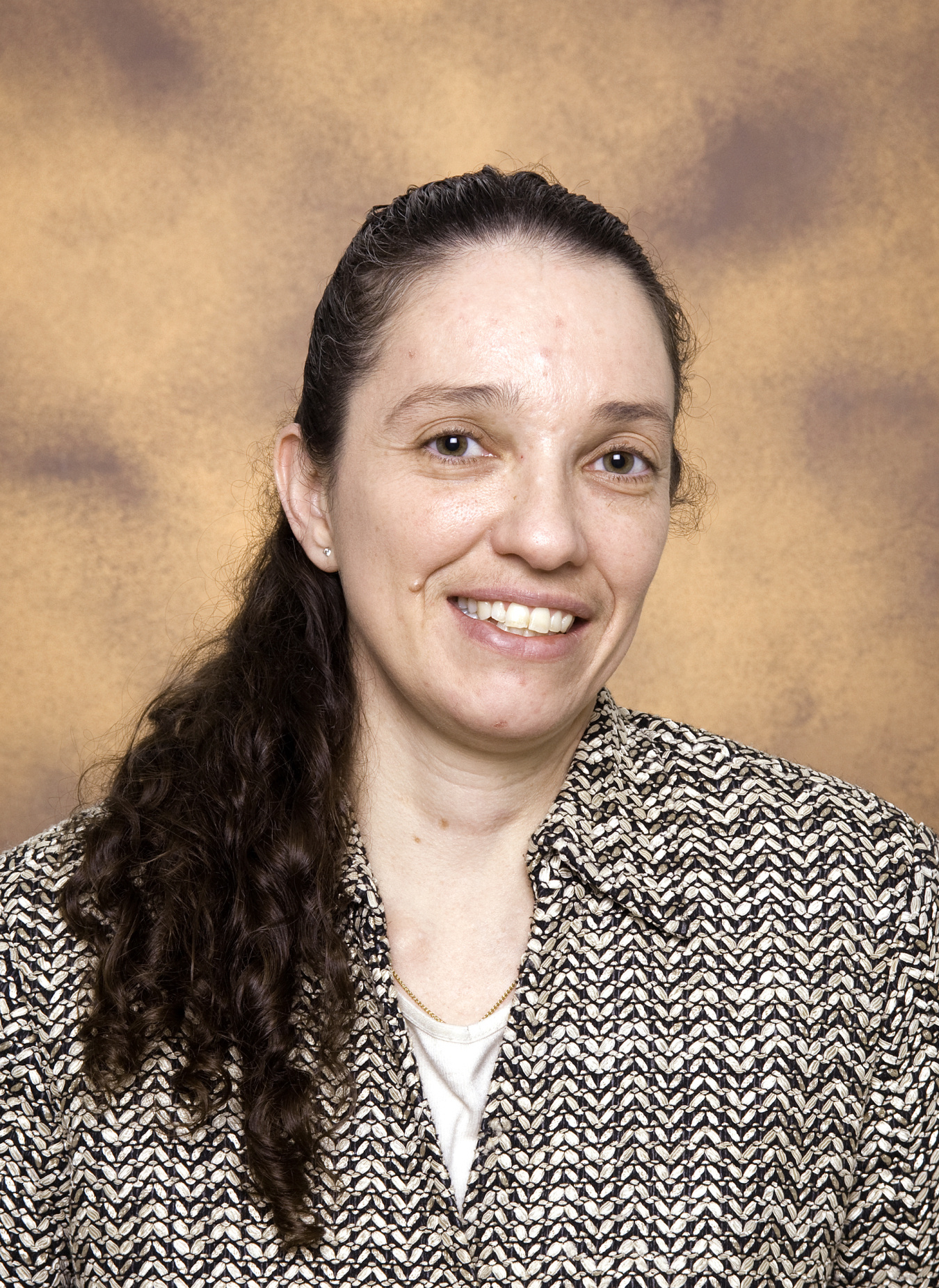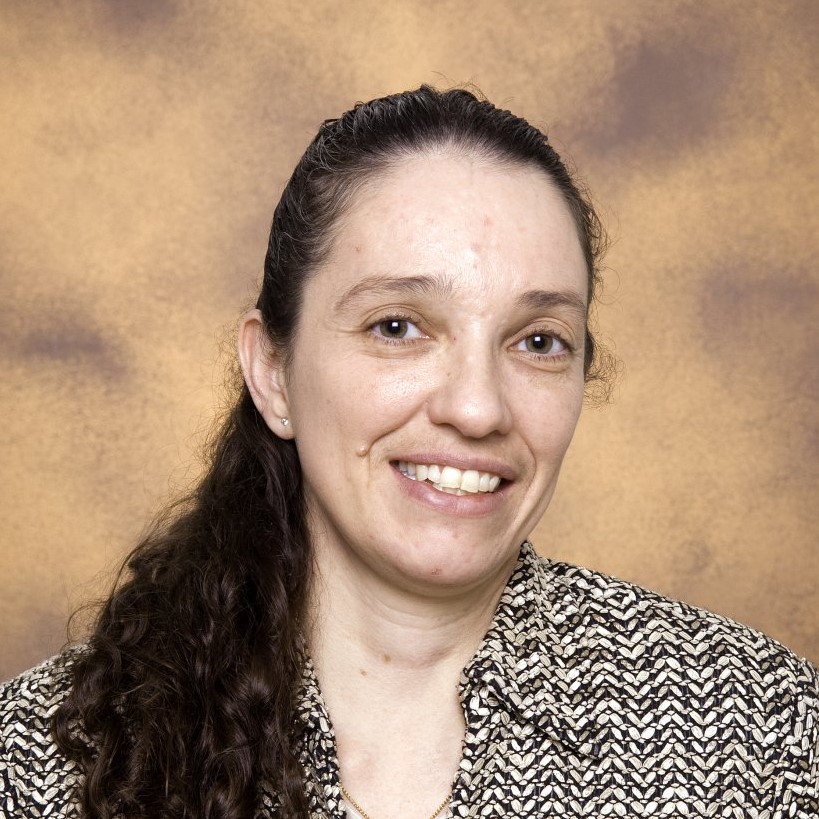DOE’s Deputy Under Secretary for Science and Energy Adam Cohen today announced new funding that will build on recent progress in giving system operators greater visibility into the health of the nation’s electric grid through the use of advanced devices called synchrophasors. Also known as phasor measurement units (PMUs), synchrophasors monitor the grid at a rate 100 times faster than existing systems, allowing operators to manage their systems more efficiently, integrate new generation sources, and improve reliability.
The Synchrophasor Applications and Tools for Reliability and Asset Management funding opportunity announcement (FOA) will promote industry’s advancement of software applications in two important areas: reliability management and asset management. The Office of Electricity Delivery and Energy Reliability (OE) anticipates awarding approximately $5 million. In the continued spirit of partnership and to speed the transition between research and practice, applications must include field demonstrations hosted by a utility, transmission owner, or transmission operator, along with one software vendor. The due date for submitting an application is June 30, 2016.
Dr. Cohen also announced the Addressing Risk and Uncertainty in the Future Power System FOA which will create opportunities to better understand the risk and uncertainty of the future power system: specifically, wholesale market operations, transmission planning, and demand-side participation. This FOA targets U.S. colleges, universities, and university-affiliated research institutions. Approximately $1.8 million is expected to be awarded. The deadline for applying to the academic FOA is 30 days from today. Both FOAs and additional information are available on fedconnect.net.
While speaking to national and international leaders this morning at the North American SynchroPhasor Initiative’s (NASPI) first International Synchrophasor Symposium in Atlanta, Dr. Cohen also announced the release of the Advancement of the Synchrophasor Technology in Projects Funded by the American Recovery and Reinvestment Act of 2009 report. This report offers a wealth of information on the experiences, lessons learned, and accomplishments of Recovery Act-funded industry projects that implemented synchrophasors. The American Recovery and Reinvestment Act of 2009 provided $4.5 billion to OE to modernize the U.S. power grid, create jobs, and stimulate the economy. As part of that work, DOE and industry partners invested approximately $358 million to deploy synchrophasor technology. This report captures highlights of that work and provides a clear picture of the benefits on the nation’s grid. When the Recovery Act projects began in 2009 there were only around 166 research-grade, networked PMUs in North America, concentrated in a few regions. Today, there are now nearly 2,000 PMUs on the North American grid covering two-thirds of the U.S. that provide operators with visibility into the transmission systems that serve nearly 90% of the total U.S. load.
As part of our long collaboration with industry and the public sector to advance and accelerate the use of this important technology, OE partners with the Electric Power Research Institute to support NASPI, a collaborative effort among industry, government, academia, national laboratories and vendors to advance the adoption and value of synchrophasor technology for grid reliability and efficiency. Partnerships such as this are vital.
The placement of synchrophasors on the grid does not mark an end point for grid modernization. It is only the beginning. Data pouring in from networked PMUs and data concentrators opens a new vista for understanding the physical state of the grid with greater speed, detail, and accuracy. Taking advantage of that data will require the continued development of new and better applications, models, and operating procedures.
Today’s announcements mark the latest step in our ongoing commitment to continue improving the reliability, resiliency, and flexibility of the nation’s electric grid. Stay tuned as we continue providing updates on ongoing progress being made to help ensure that Americans have power when they want it, how they want it, and where they want it.
Patricia A. Hoffman

Acting Assistant Secretary, Principal Deputy Assistant Secretary, Office of Electricity
Former Principal Deputy Assistant Secretary for the Office of Electricity (OE) at the U.S. Department of Energy (DOE), Ms. Patricia A. Hoffman also served as Acting Under Secretary for Science and Energy from January 2017 until November 2017 when the U.S. Senate confirmed Mark Menezes as Under Secretary of Energy. Ms. Hoffman served as Acting Assistant Secretary for OE from January 2017 until October 2017 when the OE Assistant Secretary was confirmed by the U.S. Senate.
Ms. Hoffman was named Assistant Secretary for OE from June 2010 to January 2017, after serving as Principal Deputy Assistant Secretary since November 2007. The focus of her responsibility was to provide leadership on a national level to modernize the electric grid, enhance the security and reliability of the energy infrastructure and facilitate recovery from disruptions to the energy supply both domestically and internationally. This is critical to meeting the Nation’s growing demand for reliable electricity by overcoming the challenges of our Nation’s aging electricity transmission and distribution system and addressing the vulnerabilities in our energy supply chain.
Prior to her this position, Ms. Hoffman served in a dual capacity as Deputy Assistant Secretary (DAS) for Research and Development (R&D) and Chief Operating Officer (COO) within OE. During her tenure as the DAS for R&D, she developed the long-term research strategy and improved the management portfolio of research programs for modernizing and improving the resiliency of the electric grid. This included developing and implementing sensors and operational tools for wide-area monitoring, energy storage research and demonstration, and the development of advanced conductors to increase the capacity and flexibility of the grid. She also initiated a new research effort focused on integrating and distributing renewable energy through the electric grid, such as promoting plug-in hybrid electric vehicles and implementing smart grid technologies to maintain system reliability. As COO, she managed the OE business operations, including human resources, budget development, financial execution, and performance management.
Prior to joining OE, she was the Program Manager for the Federal Energy Management Program within the Office of Energy Efficiency and Renewable Energy at DOE. This program guides the Federal government to “lead by example” promoting energy efficiency, renewable energy, and smart energy management. Complementing her building energy efficiency experience, she also was the Program Manager for the Distributed Energy Program, which conducted research on advanced natural gas power generation and combined heat and power systems. Her accomplishments included the successful completion of the Advanced Turbine System program resulting in a high-efficiency industrial gas turbine power generation product.
Ms. Hoffman holds a Bachelor of Science and a Master of Science in Ceramic Science and Engineering from Pennsylvania State University.


